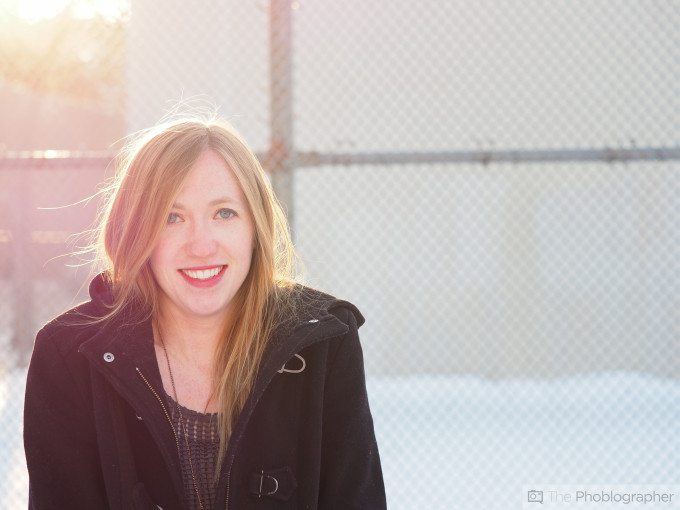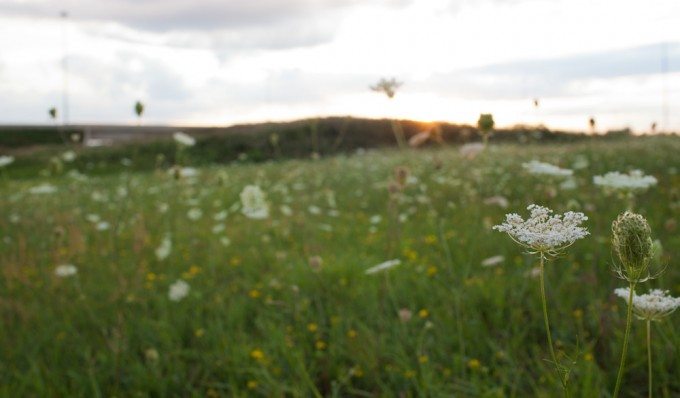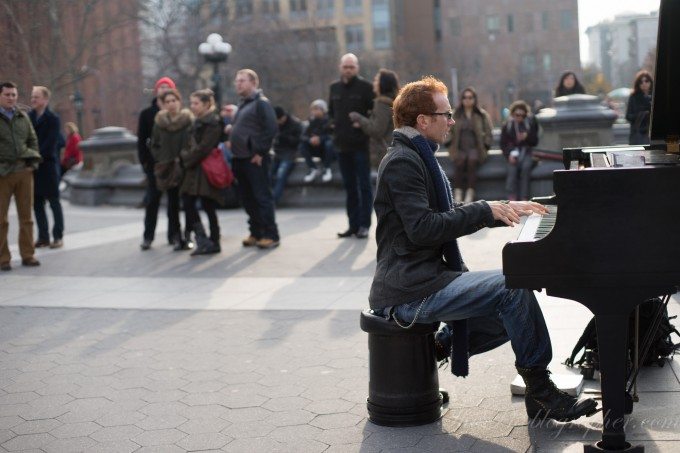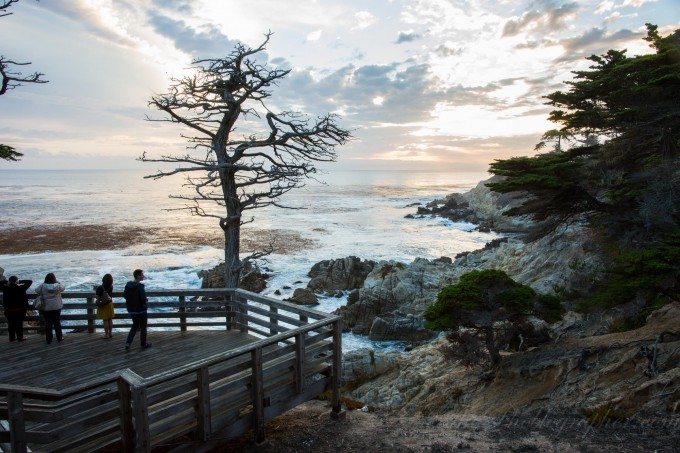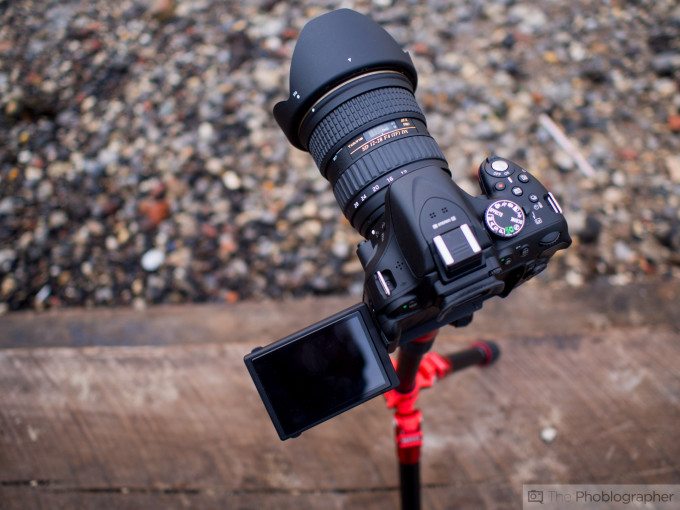Yes, you’ve heard of the Golden Hour, but do you know about the Blue Hour? Or have you ever looked at the quality of the sun before sunset happens and after it’s at its highest point during the middle of the day? It can be beautiful for so many different types of photos. While everyone will tell you to go shooting only during the golden hour, we think that you shouldn’t limit yourself to only these times. If you’re shooting portraits, you can use the shadows and if you’re shooting all other types of images you should just embrace the light at other times.
Here are the best times to shoot using natural light.
The Golden Hour
The tried and true time to shoot photos is also seriously one of the best if you’re into what could be otherwise considered a very overused look. For years, photographers have been photographing during the Golden Hour for many reasons. During this time (typically sunset or sunrise) your section of the Earth is bathed in the golden glow of the sun that makes every color look warm, radiant and overall just gorgeous. Want to shoot portraits? This is a great time to do so. Landscapes? Yup, in fact some say that it’s the only time to go shooting.
We have to gently disagree.
The Golden Hour lets you keep your ISO to a low setting to also allow you to get more detailed images. Additionally, the light is usually pretty soft. If not, then you can find soft light somewhere under the cover of trees, buildings, awnings, etc.
The Blue Hour
A personal favorite time to shoot is the Blue Hour, which typically happens right before the Golden Hour during sunrise and right after the Golden Hour during sunset. It can be best described as dawn or dusk. This is when the sun’s ray are begin reflected by the Earth and only slowly starting to seep in. During this time, the clouds and sky are typically extra blue. The light is at its softest during this time because of the fact that the only light available from the sun is completely indirect.
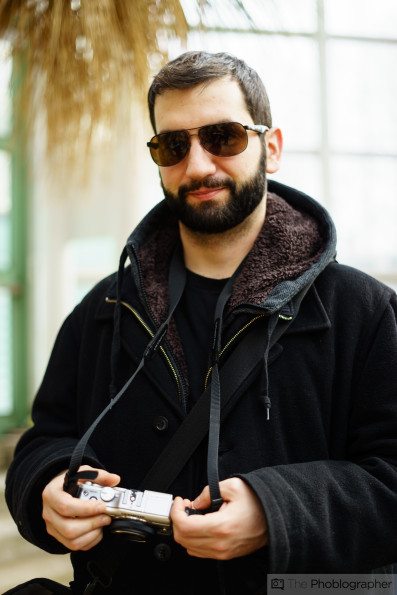
Let’s break it down this way:
– Direct lighting can be very harsh unless diffused. If the sun is directly shining on something then it is very harsh. For the sun’s light to become softer it needs to either become weaker and more reflected (like in the Golden Hour) or a cloud needs to come in front of it.
– Indirect lighting is usually when the main light source is bounced off of a surface. With strobes and flashes, this is typically with bounce cards, ceilings, walls or umbrellas and beauty dishes. But in the case of the sun, the rays are indirectly illuminating where you are on Earth by barely peeking through.
Because the sun’s rays are barely peeking through during this time, you’ll need to crank your ISO settings up and open the aperture of your lens. If you’re shooting landscapes, this is when you’ll want to take off all filters of any sort from the front of your lens. It’s one of the best times to naturally get those beautiful and dreamy long exposures of waterfalls.
If the Golden Hour is golden, then the Blue Hour will naturally have a tinge of blue to all of the photos that you shoot. It’s also the shortest amount of time of any of the periods that we’re talking about on this list.
Just After the Sun Rises
Just after the sun has risen, the light on the world is still pretty subdued, but if you’re shooting with a lower aperture, then you’ll also realize that now is when you’re going to be cranking up your shutter speeds. During this time, the sun still isn’t very intense and the light that it gives off can still be very pleasing and even still slightly golden in color. It’s very much unlike the middle of the day when the light is purely white.
Use this time to effectively backlight a portrait subject or if you’re shooting a landscape, be sure to use a Graduated ND filter.
Late Afternoon Before the Sun Sets
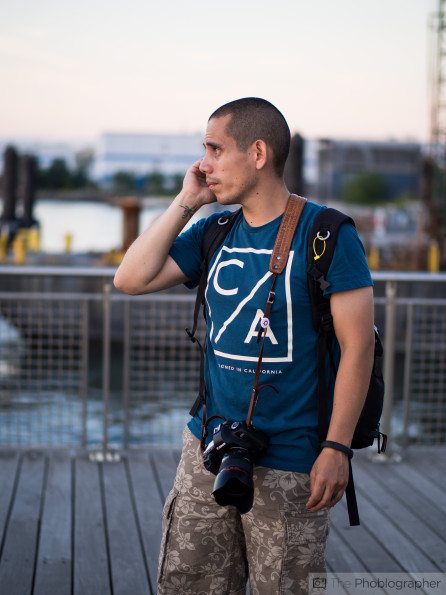 One of our favorite times to shoot is during the late afternoon when things are starting to wind down. It’s before the Golden Hour and can sometimes even be a couple of hours long. After the middle of the day, the sun starts to move around and begins to change colors. While this isn’t quite sunset, it’s before it and the sun starts to give off a warmer than normal glow that isn’t too intense.
One of our favorite times to shoot is during the late afternoon when things are starting to wind down. It’s before the Golden Hour and can sometimes even be a couple of hours long. After the middle of the day, the sun starts to move around and begins to change colors. While this isn’t quite sunset, it’s before it and the sun starts to give off a warmer than normal glow that isn’t too intense.
This lighting is our favorite for shooting portraits, but it can also be absolutely stunning for cityscapes. It’s just intense enough to give you beautiful light for most types of shooting situations and not having major issues with your white balance. During the Golden Hour, you may not be happy with such warm images and during the blue hour, you’ll probably not be so partial to the extra blues and how they make skin tones look dead. Instead, this slightly warmer light can make your images have just enough pop in the right situations.
Here are some of our favorite ways to use this light:
– Portraits: shoot in the shadows of buildings or with your subject being backlit. Additionally, side lighting can work beautifully while making them not squint at the sun’s light.
Landscapes and cityscapes: Get high up if you can and simply shoot down below. Look at the shadows that the light tends to cast. If you’re shooting from below, then look for natural diffusers of light like buildings, streets, tall grasses, etc.


